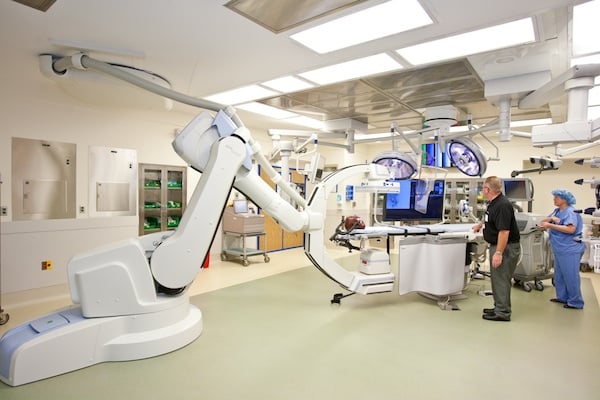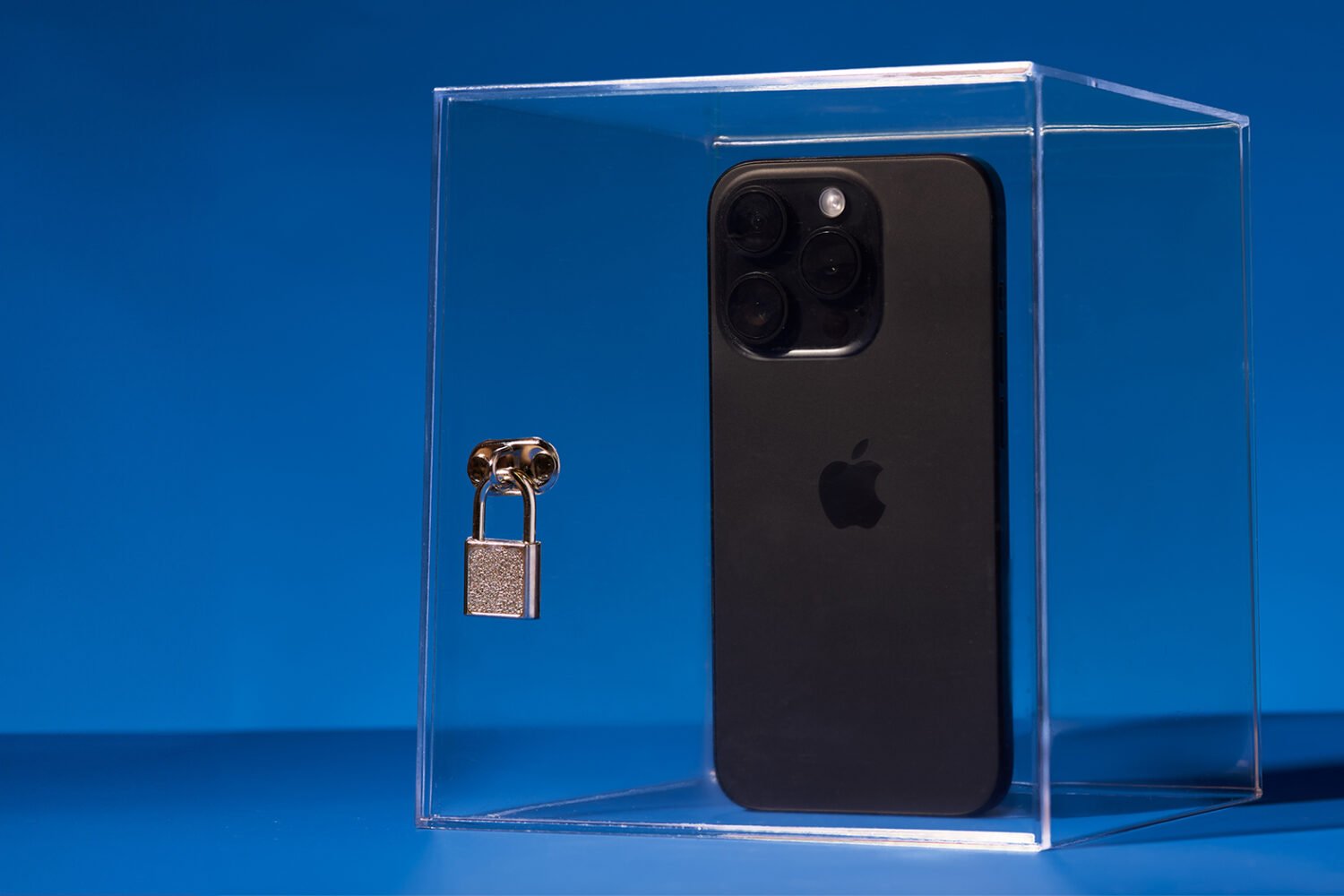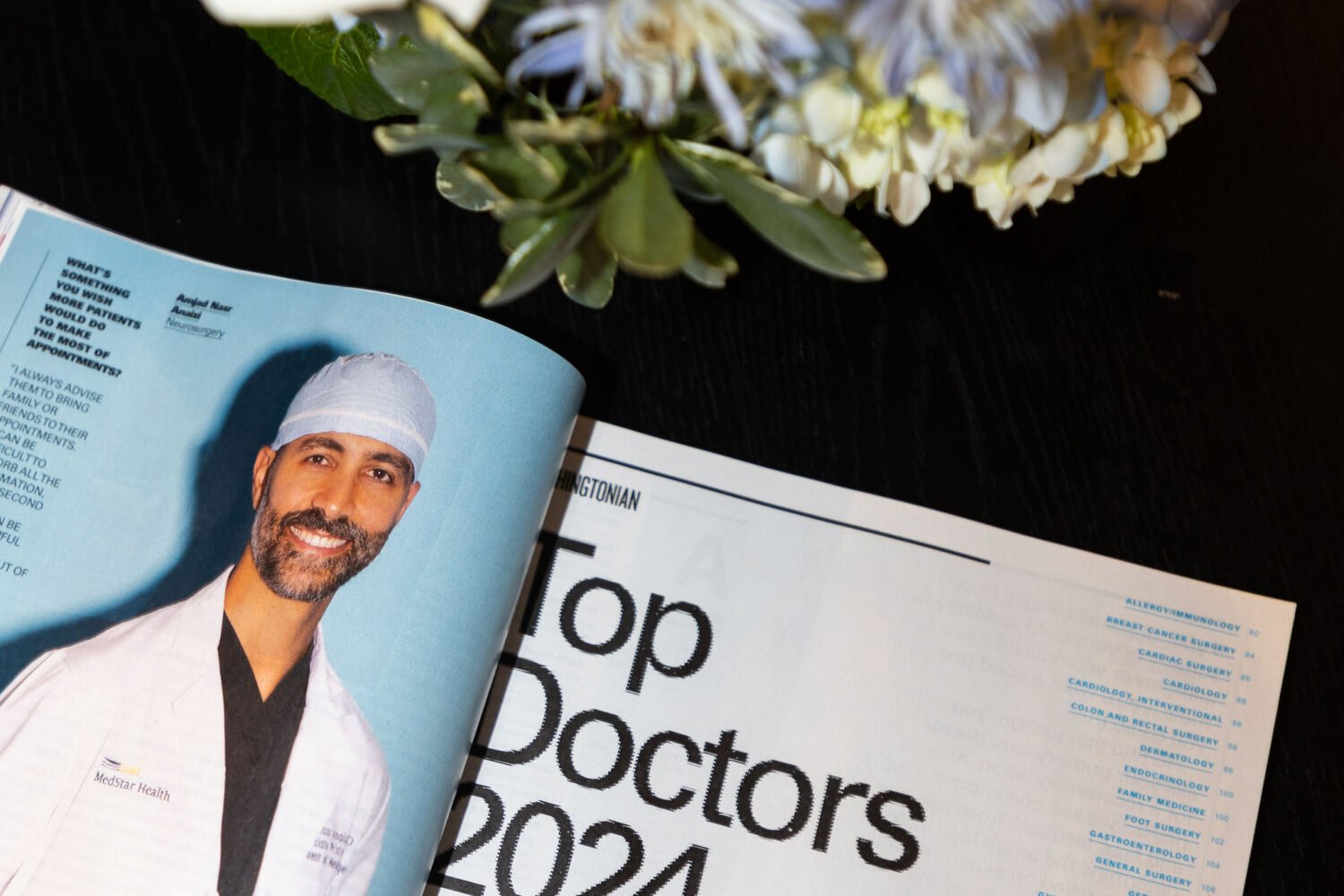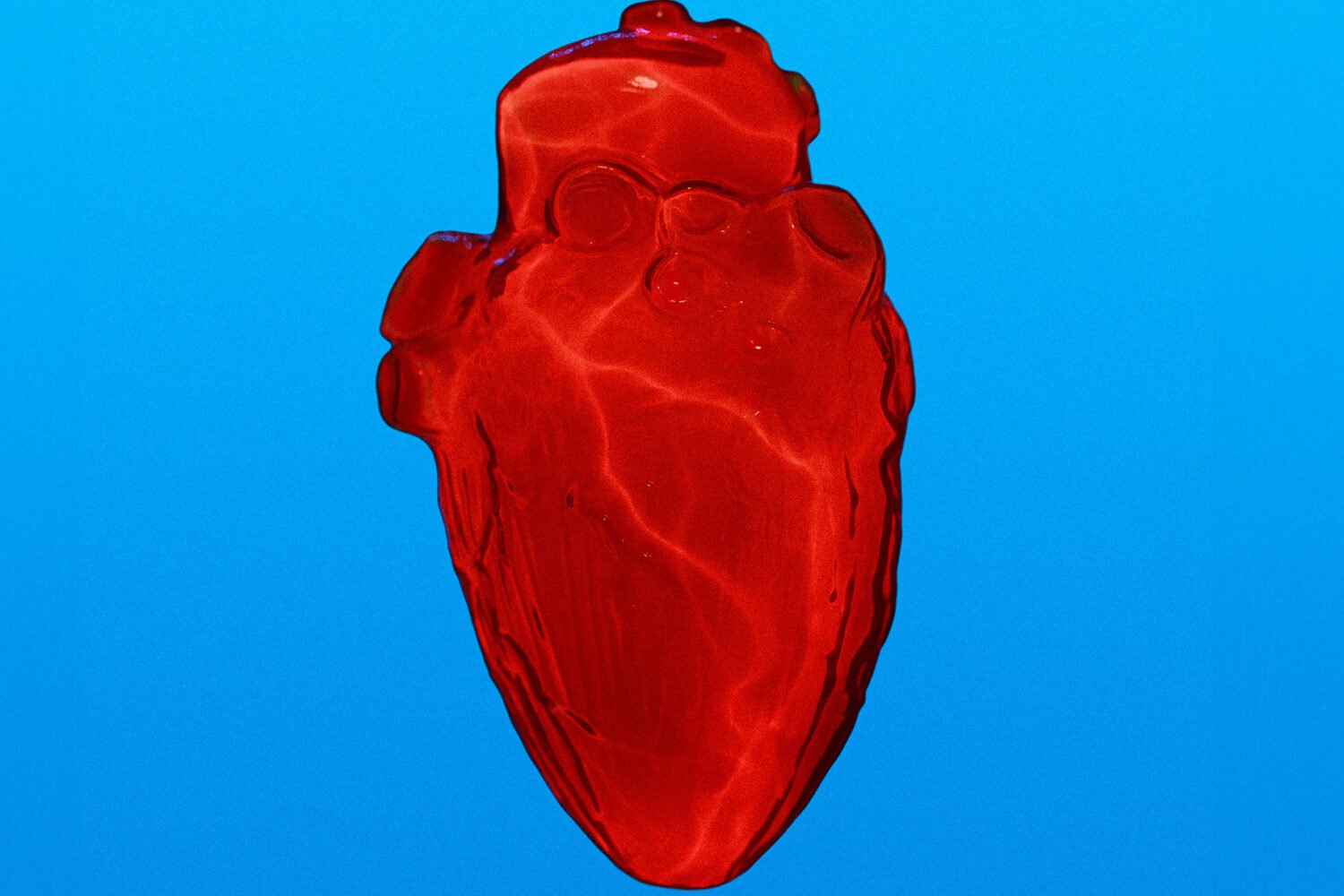Construction crews have been hard at work at Children’s National Medical Center. Earlier this month, the hospital completed two multimillion-dollar upgrades, creating spaces that doctors say will innovate the way children undergo surgery.
Among the additions are seven new operating rooms—some twice the size of previous ORs—furnished with top-of-the-line equipment like flat-screen monitors and surgical robots. Each is tailored to accommodate a specific need.
The revamped OR wing reflects a universal push for pediatric surgery to be less invasive; because a child’s body is more delicate than an adult’s, precision and painlessness are of utmost importance, pediatricians say.
A new “hybrid” operating room allows radiology and surgery to coexist, a regular collaboration that once presented logistical issues. Several rooms integrate cameras and monitors to stream real-time images to learning audiences. And a 1,000 square-foot space will soon house the equipment necessary for innovative robotic surgery.
Surgeons are particularly excited about the extra space, which Dr. Rahul Shah, the hospital’s director of perioperative services, says will provide the means for more efficient surgery. Larger and more numerous operating rooms mean space for more hands, more advanced equipment, and, ultimately, more surgeries.
“If you have better space, you have more people that can attend to a child,” Shah says.
And the robotic technology is no joke: One surgical robot requires millions of dollars and several months to build and transport. Shah says the massive equipment is pretty standard in normal hospitals, but only a handful of children’s facilities have access to the technology.
“It’s no longer just a knife and scissors,” says Dr. Craig Peters, the principal investigator for the Sheikh Zayed Institute for Pediatric Surgical innovation. “[Robotics] have really facilitated us doing complex surgery in children much more effectively without having to make big scars on their bodies.”
Peters’s Zayed Institute, Children’s research wing, is also enjoying a brand new 22,000-square-foot facility. It has enough space and equipment for not only surgeons, but also engineers, anesthesiologists, and other specialists to work alongside one another, an important dynamic that Peters said the previous space didn’t allow.
“Bringing together the clinicians and the scientists in the same places with very close connection with a busy clinical children’s hospital is quite unique,” Craig says, adding that the new setup allows a quicker exchange of ideas.
The upgrades, as well as the Zayed Institute itself, were funded by a $150 million gift from the Government of Abu Dhabi. Peters said the partnership with the Middle Eastern capital has opened the door to more international opportunities.
“This is a really substantial gift. It’s unprecedented,” Peters says.
“Excited is an understatement,” Shah adds. “We’re just thrilled.”
Subscribe to Washingtonian
Follow Well+Being on Twitter
More >> Health | Top Doctors | Well+Being Blog



















